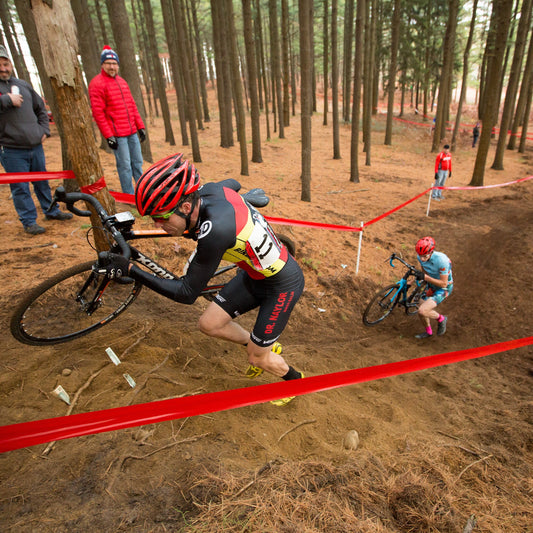Trusting the Flow – The Art of Pacing with Feel
There’s a moment in every endurance race when your mind urges you to go faster, to chase the person ahead, or to react to a surge. But pacing is an art, and for the intuitive athlete, it’s about more than just numbers—it’s about trusting the flow of effort, reading your body’s cues, and making decisions based on instinct rather than impulse.
The best endurance athletes don’t just race with their legs; they race with their senses. They understand when to hold back, when to surge, and when to stay steady, all based on their ability to tune into their body’s signals. This ability is what makes an athlete intuitive, fluid, and in control.
The Emotional Battle of Pacing
For intuitive feelers, racing is deeply emotional. It’s not just about hitting splits—it’s about feeling connected to the race, to the movement, to the experience itself. But emotions can also hijack pacing strategy:
- Excitement can make you start too fast. The adrenaline of the start line might convince you that you feel "too good" to hold back.
- Doubt can make you hesitate when it’s time to push. You might second-guess your ability to maintain pace or worry about burning out.
- Discomfort can make you panic. When fatigue sets in, it’s easy to interpret it as a sign of failure rather than a natural part of endurance racing.
To pace well, the goal is to tune into your body’s signals without letting emotions distort them. Pacing is a conversation—not an argument—with your body.
The Art of Negative Splitting
One of the most powerful ways to race with control is the negative split—starting slightly conservative and finishing strong. Studies show that most world records in endurance sports have been set this way. Why? Because the second half of a race should be run with confidence, not survival mode.
The key is patience.
- The early miles should feel like you’re holding back.
- The middle of the race should feel steady, like you’re settling into your rhythm.
- The last portion is when you finally let go and push.
This requires an enormous amount of trust in yourself. Trust that you don’t need to "bank time" early. Trust that you’ll have the strength to push when it matters. Trust that your body will tell you when it’s ready to go.
Tuning into Your Body’s Signals
For an intuitive athlete, pacing is best learned through internal awareness rather than external data. This week, we’ll focus on deepening that connection.
Key Cues to Tune Into During a Race or Hard Effort:
✅ Breathing Pattern: Is your breathing controlled and rhythmic, or erratic?
✅ Muscle Tension: Are you holding unnecessary tension in your shoulders, jaw, or hands?
✅ Stride/Rhythm: Does your movement feel fluid or forced?
✅ Emotional State: Are you responding to your body, or reacting to external distractions?
The more you can listen to these cues without judgment, the more they will guide your pacing.









